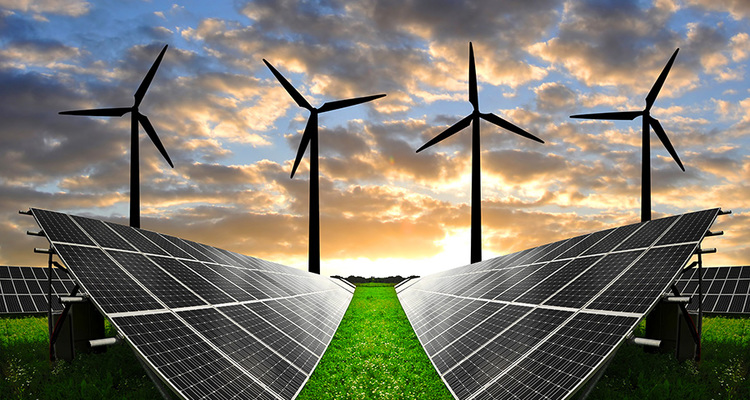Cities Lead On Clean Energy

Cities are home to 50% of the world’s population, rapidly expanding and key to a low-carbon future. They are responsible for over 70% of the world’s energy related carbon emissions, consuming two thirds of the world’s energy. However, the clean-energy revolution has transformed cities into centers of innovation and they are now driving the transition to a sustainable economy.
The latest CDP reported listed over 100 cities that are now obtaining at least 70% of their electricity from renewable sources such as hydro, geothermal, solar and wind. The report also named more than 40 cities that are currently operating on 100% renewable electricity. The CDP report shows how cities are stepping up action on climate change with a sharp rise in environmental reporting, emissions reduction targets and climate action plans since 2015.
CDP, formerly the Carbon Disclosure Project, runs the global disclosure system that enables companies, cities, states and regions to measure and manage their environmental impacts. Around 570 cities around the world are now reporting to CDP to better understand their impact, share knowledge and best practice, and use the information gathered to set ambitious renewable energy targets. Only three Indian cities- Banglore, Jaipur and Kolkata -are signed up to report to CDP, but none of them figure among the 70% renewable energy powered cities.
The list of cities powered by at least 70% clean energy has more than doubled from the 40 listed in 2015. Cities in the developing world have adopted renewable energy as an opportunity to leapfrog the development ladder and improve the energy grid. Latin American cities lead the renewables charge, with much of their electricity coming from hydropower. Of the cities getting at least 70 percent of their power from renewables, 57 percent are in Latin America, 20 percent are in Europe, 9 percent are in Africa and 9 percent in North America. Brazil had the most number of cities in the list while Inje in South Korea stands out as the only Asian city.
Among the cities already powered by 100% renewable energy are Burlington, powered by wind, solar, hydro and biomass, Reykjavik, powered by hydropower and geothermal, and Basel, with its own energy supply company producing electricity from hydropower and wind. The report showed a diverse energy mix with 275 cities reporting the use of hydropower, 189 utilizing wind energy, 184 using solar photovoltaics, 164 biomass and 65 geothermal energy.
More than 7500 cities have now committed to the Global Covenant of Mayors for Climate & Energy, the international alliance of cities and local governments with a shared long-term vision of promoting and supporting voluntary action to combat climate change and move to a low emission, resilient society. Another facilitator is the C40, the network of the world’s megacities enabling effective collaboration, knowledge sharing and driver of meaningful, measurable and sustainable action on climate change.
The momentum generated by these pioneering cities is phenomenal. Nearly 400 cities worldwide are now aiming to shift out of fossil fuel power by 2050. The UK100 network of local government leaders also recently announced that over 80 UK towns and cities have committed to 100% clean energy by 2050. At least 58 cities and towns including Atlanta and San Diego have committed to transition to 100% clean, renewable energy by 2035. And of the cities disclosing to CDP, 23 have set targets to reach 100% renewable power. The road to a sustainable future for mankind is being scripted in these cities.
Rituraj Phukan
Videos
Videos
Videos
@ignitingmindsmagazine
@IgnitingMindsin
Top Stories
- Dedicated to the Sparrows, Forests and Water
- The United Nations Decade of Ecosystem Restoration
- How technology in agribusiness affects climate change, a concrete solution.
- Restless Youth Seek Climate Action
- Telangana Jagruthi International Youth Leadership Conference 18,19,20th January 2019
- Sports for Climate Action Framework launched at COP24
- COP24: One Week of Misgivings
Videos
Businesses
- Can Home Remedies Increase Your Height.
- Success Comes When We Make Innovation a Habit
- Do You Want to Be a Green Entrepreneur?
- Igniting Minds Official Web Portal Launched in New Delhi.
- Strive To Drive The Life
- Do Mobile Apps Facilitate Small Businessmen?
- Water Conservation, Preservation and Restoration. A Global Engineering Challenge.